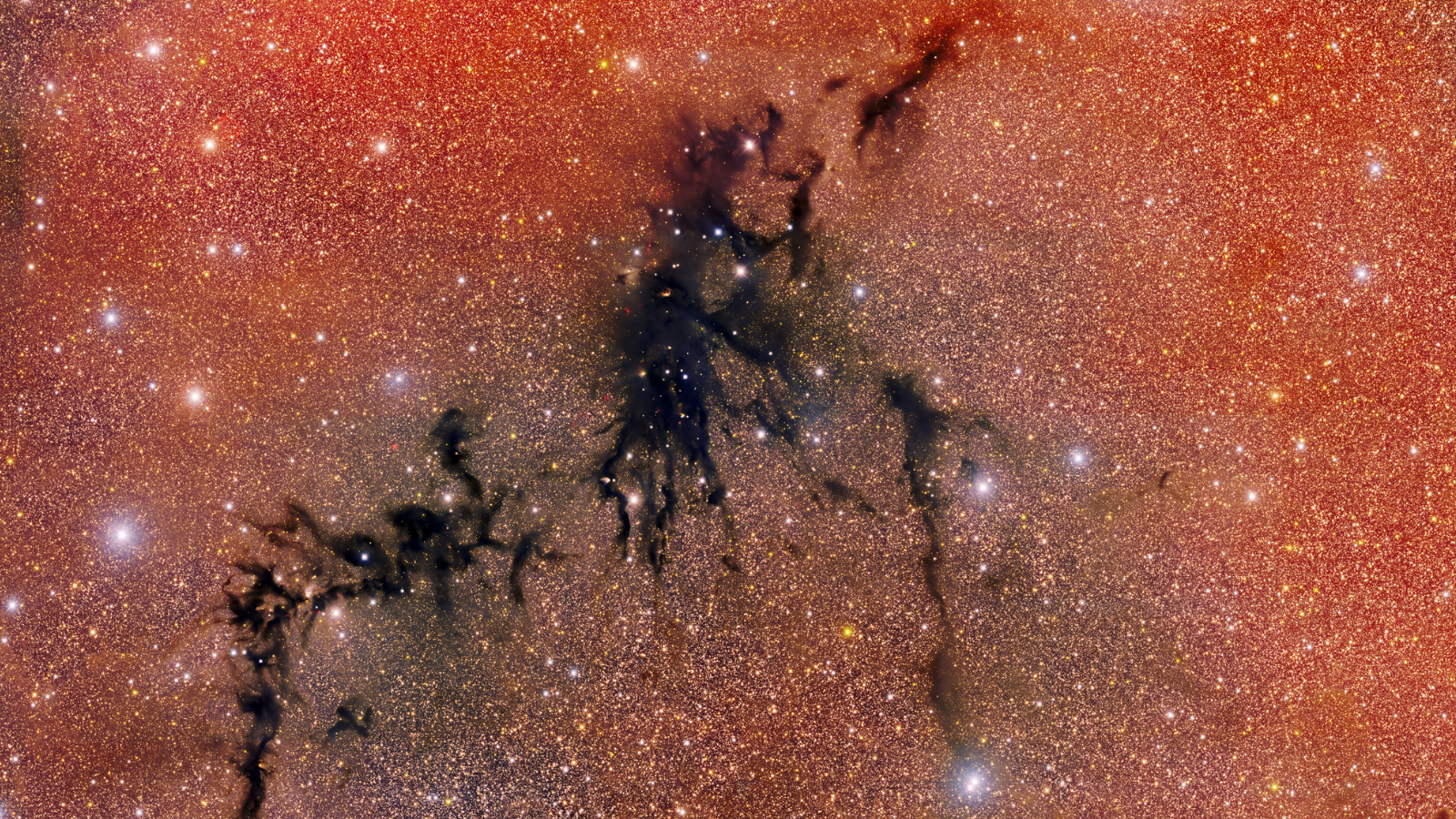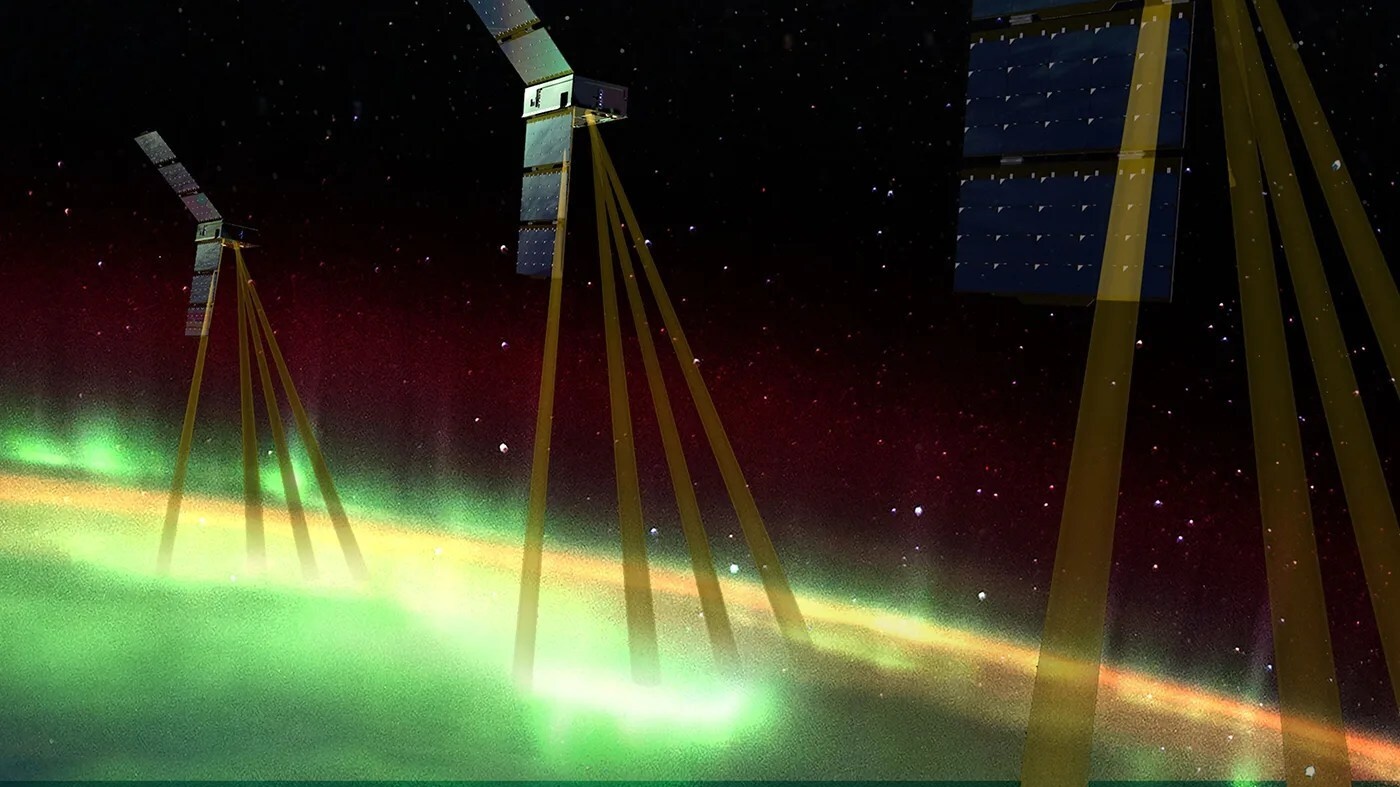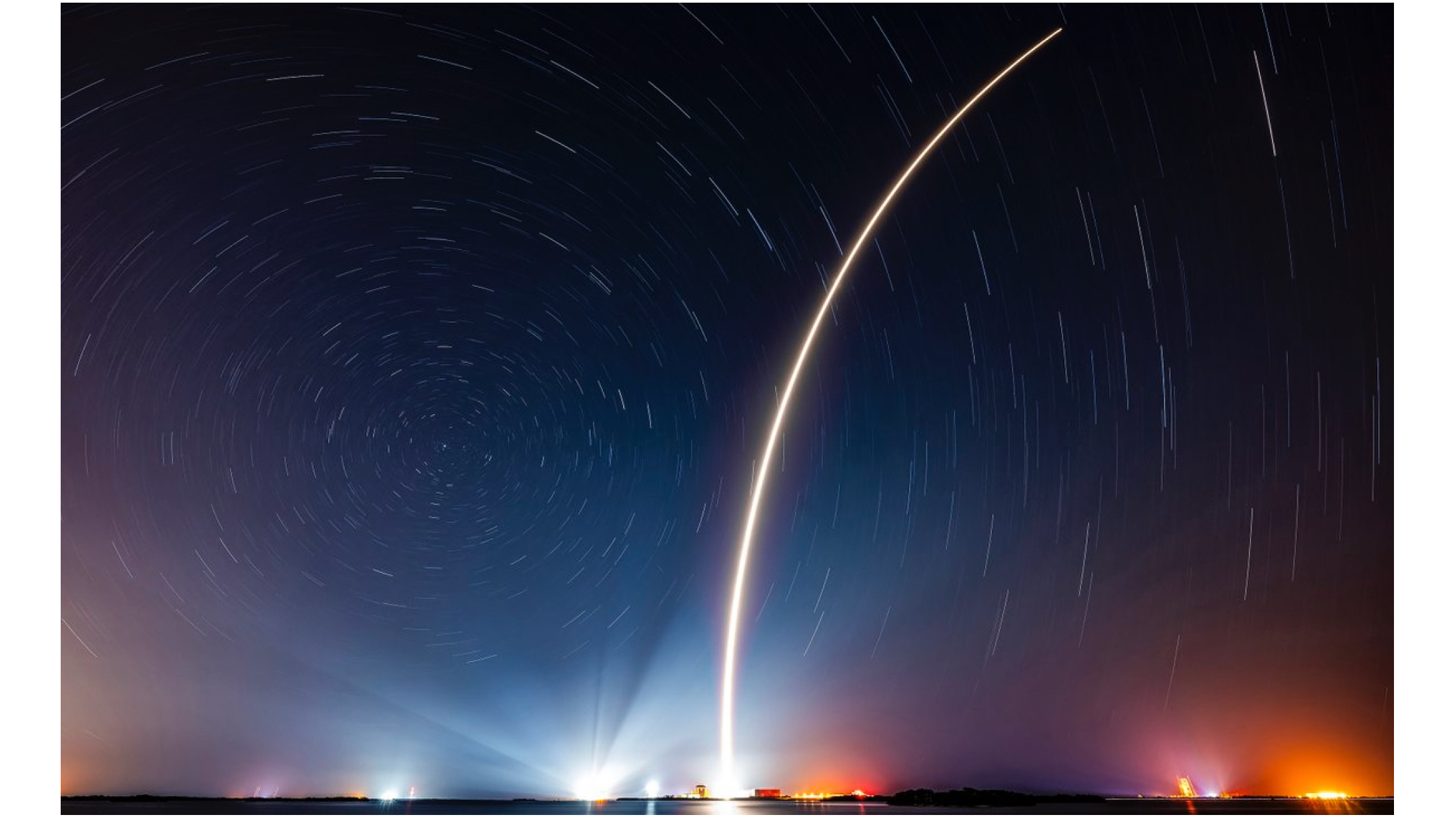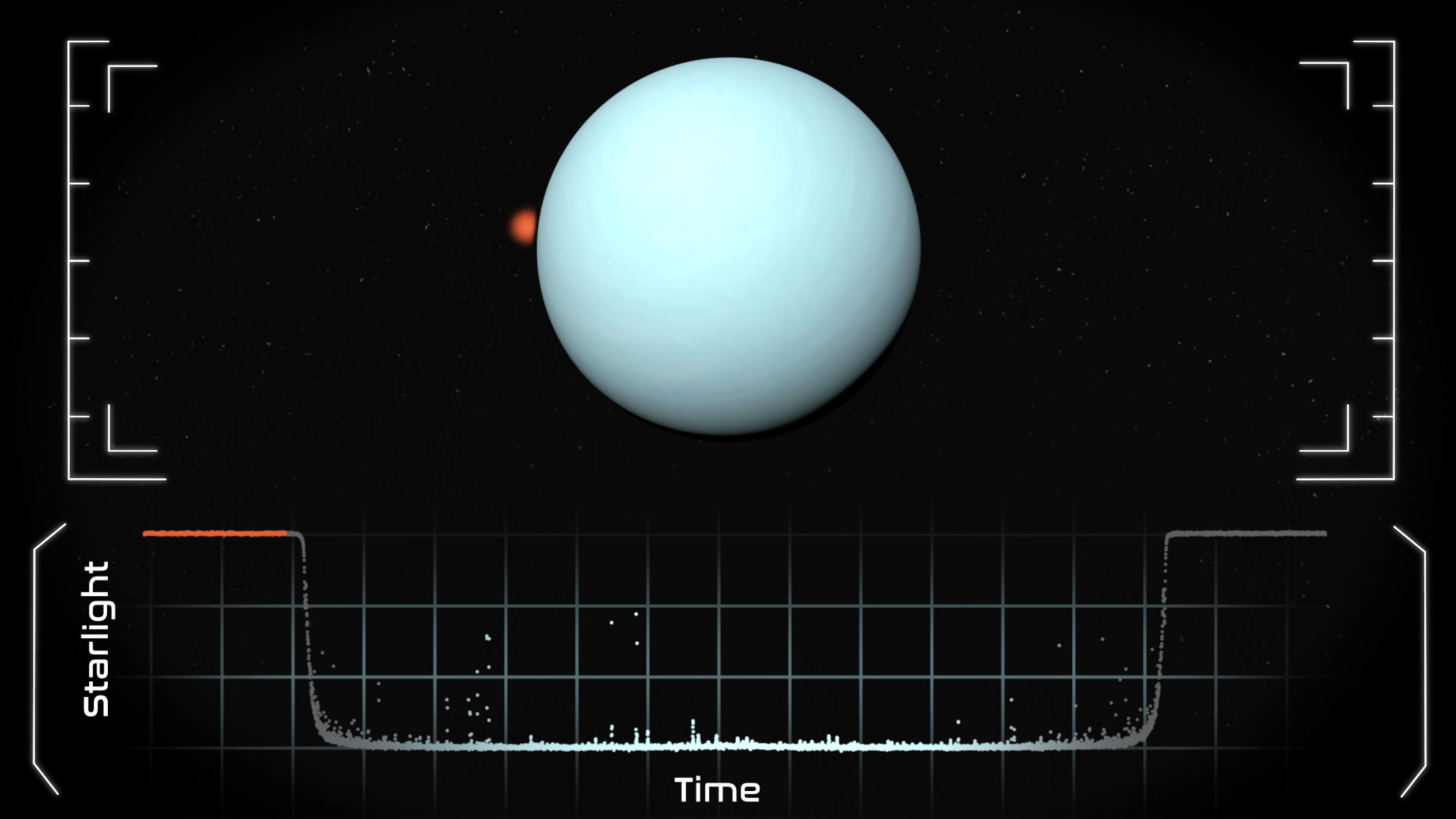Hopping robot will hunt for moon water on China's Chang'e 7 lunar mission in 2026
The hopper will carry a water molecule analyzer into permanently shadowed craters.
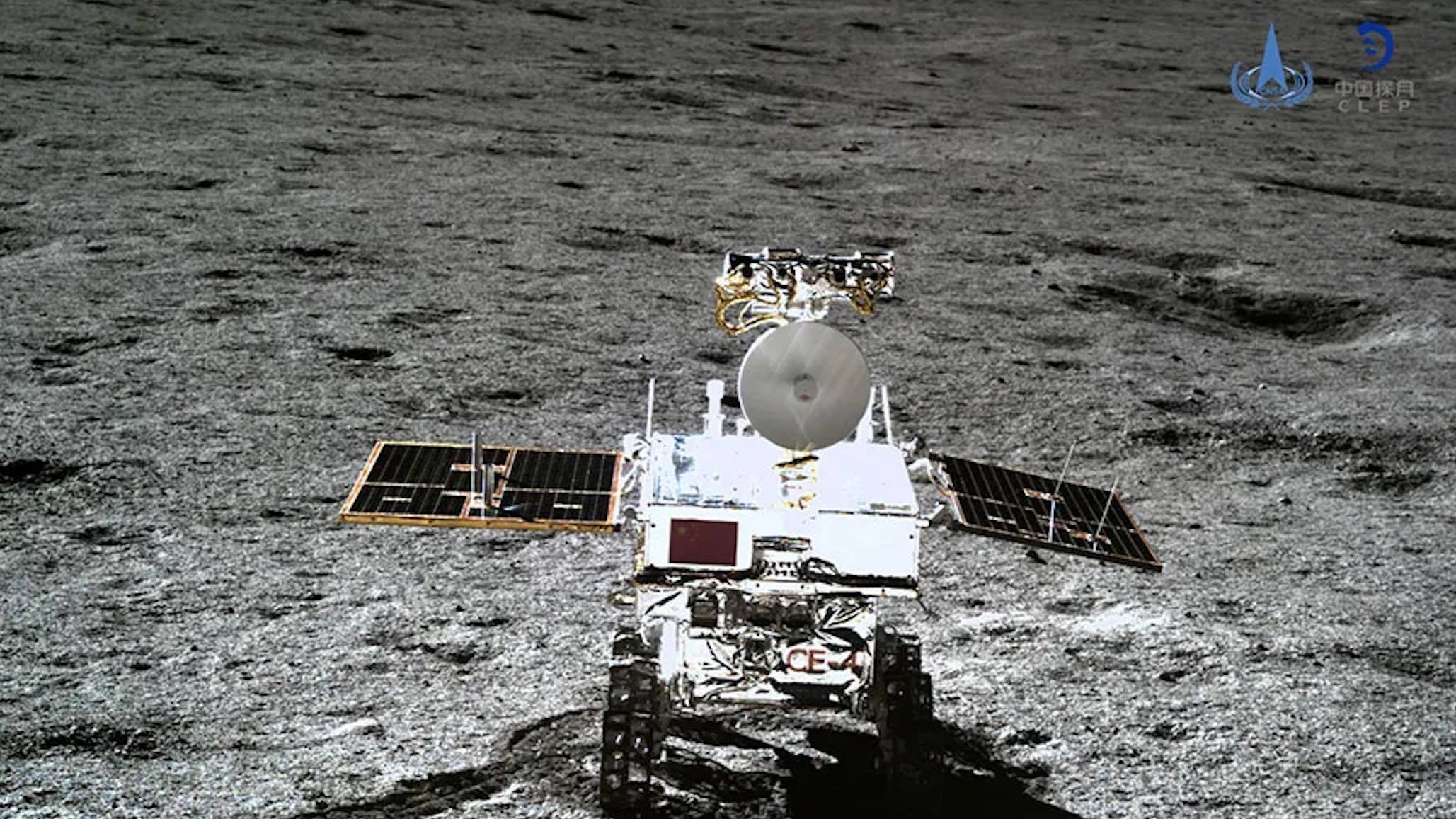
China is preparing to launch a pioneering mission to the moon next year to search for definitive evidence of water at the lunar south pole.
The Chang'e 7 mission will consist of a lander, a rover and a mobile hopper, according to Chinese state media outlet Xinhua, and will launch sometime in 2026.
The hopper is a "first-of-its-kind lunar explorer," according to the report. It will jump from sunlit areas and into shadowed craters to look for water using a molecule analyzer.
"The lander will deploy China's inaugural deep-space 'landmark image navigation' system to ensure precision, while the hopper utilizes active shock-absorption technology to safely land on slopes," the report read.
Related: China plans to plant a waving flag on the moon in 2026. Here's how
Discovering ice in shadowed craters on the moon would be a breakthrough for lunar exploration, promising resources in-situ that could be used in numerous ways, including for supplies for astronauts or propellant for rockets and spacecraft.
The Chang'e 7 mission will target Shackleton Crater, according to a 2024 report from SpaceNews. The mission rover will be built on China's earlier Yutu ("Jade Rabbit") moon rovers, but will be larger and designed to carry different payloads. Chang'e 7 will also be supported by the Queqiao 2 lunar relay satellite, which last year facilitated the complex Chang'e 6 lunar far side sample-return effort.
Get the Space.com Newsletter
Breaking space news, the latest updates on rocket launches, skywatching events and more!
Chang'e 7 is one of two missions planned by China as part of grander ambitions for a lunar base. Chang'e 8 is set to launch around 2028 and will test out in-situ resource utilization and could include a humanoid robot. Following this, China plans to construct the International Lunar Research Station (ILRS) in the 2030s.
NASA is also planning to send a mobile spacecraft, the VIPER rover, to hunt for water at the lunar south pole. The agency is now seeking commercial partners to help revive the once-cancelled mission. VIPER data could prove valuable to the wider Artemis program led by NASA.
Join our Space Forums to keep talking space on the latest missions, night sky and more! And if you have a news tip, correction or comment, let us know at: community@space.com.

Andrew is a freelance space journalist with a focus on reporting on China's rapidly growing space sector. He began writing for Space.com in 2019 and writes for SpaceNews, IEEE Spectrum, National Geographic, Sky & Telescope, New Scientist and others. Andrew first caught the space bug when, as a youngster, he saw Voyager images of other worlds in our solar system for the first time. Away from space, Andrew enjoys trail running in the forests of Finland. You can follow him on Twitter @AJ_FI.
-
branderson I thought Intuitive Machines was doing this exact same thing with IM-2 ? Not really first of its kindReply

